
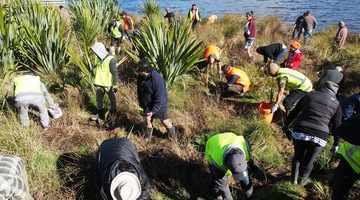
Our freshwater native fish like to keep their cool. They’re used to shaded waterways lined with dense vegetation because over 80% of New Zealand was once forested. Stream work for fish is ...
READ MORE

Microscopes have played an important role in recent research on harakeke (native New Zealand flax) at the University of Otago. Dr Bronwyn Lowe and other researchers have been working with Māori ...
READ MORE

Seeds are part of most plant life cycles. Seed-producing plants and the seeds they produce provide resources for humans and other living things. These include food sources and materials for items ...
READ MORE

This unit plan shows how teacher Dianne Christenson used the online citizen science (OCS) project The Plastic Tide as part of a year 2–4 unit to develop students’ science capabilities in a unit ...
READ MORE
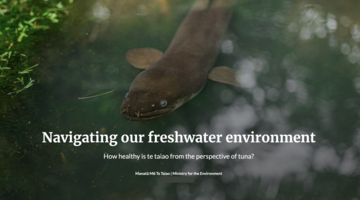
Navigating our freshwater environment is an interactive storymap that explores the state of rivers, lakes and wetlands – in a novel and engaging way. The storymap considers what’s going on from ...
READ MORE

This activity is designed to raise student awareness and discussion about the complexities of climate change – exploring issues, solutions, people and places. It also highlights the diversity of ...
READ MORE

Be part of a worldwide movement and use Global Earth Challenge to submit or classify photos to help our planet’s environment and human health. Global Earth Challenge is a citizen science campaign ...
READ MORE
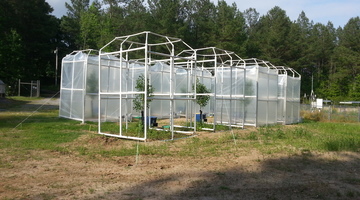
By comparing some features of fossilised plants with the same features of plants living today, scientists hope to be able to learn more about the effect of changing carbon dioxide (CO2) levels in ...
READ MORE

iNaturalist logs hundreds of thousands of photos of flora, fauna and fungi. There are even sound recordings too. Each is described and geo located. iNaturalist is used by citizens and scientists ...
READ MORE

Seaweek is New Zealand’s annual national week about the sea. It is coordinated by the Sir Peter Blake Marine Education and Recreation Centre (MERC) and includes a wide range of events ...
READ MORE
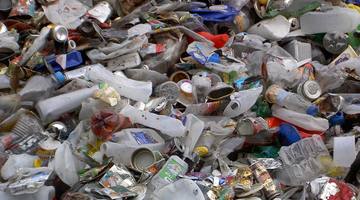
Below are links to Science Learning Hub resources for primary teachers related to recycling and biodegradability in the Material World strand of the New Zealand Curriculum. Recycling and ...
READ MORE

The Science Learning Hub has a selection of resources that have been translated into te reo Māori and a number of resources that feature both te reo Māori and English. Our webinar Opportunities ...
READ MORE
Dr Bronwyn Lowe (University of Otago) worked with Māori weavers to explore the properties of different harakeke varieties. In this clip, Bronwyn explains how the weavers’ traditional knowledge ...
READ MORE
Dr Bronwyn Lowe (University of Otago) describes her use of scanning electron microscopy (SEM) to explore harakeke leaves. Bronwyn found that different harakeke varieties have differently ...
READ MORE
Researcher Cheri van Schravendijk-Goodman explains why some plants are considered pest plants within the Waikato River catchment. These plants invade the catchment area and often compete with ...
READ MORE
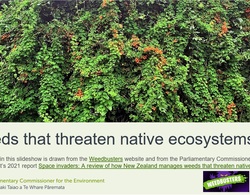
A slideshow of weeds and the adaptations that make them problematic in a New Zealand setting. Use the Slideshow menu for further options, including view full screen, and go here for the download ...
READ MORE
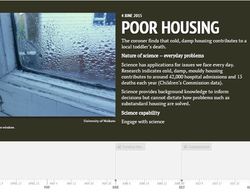
Select here for the best view of this interactive timeline. It combines the Rongomai School healthy homes investigation with the nature of science.
READ MORE

Sea stars have many weird and wonderful adaptations including both sexual and asexual reproduction. Click on any of the labels in this interactive to view short video clips or images to learn ...
READ MORE